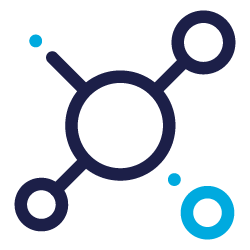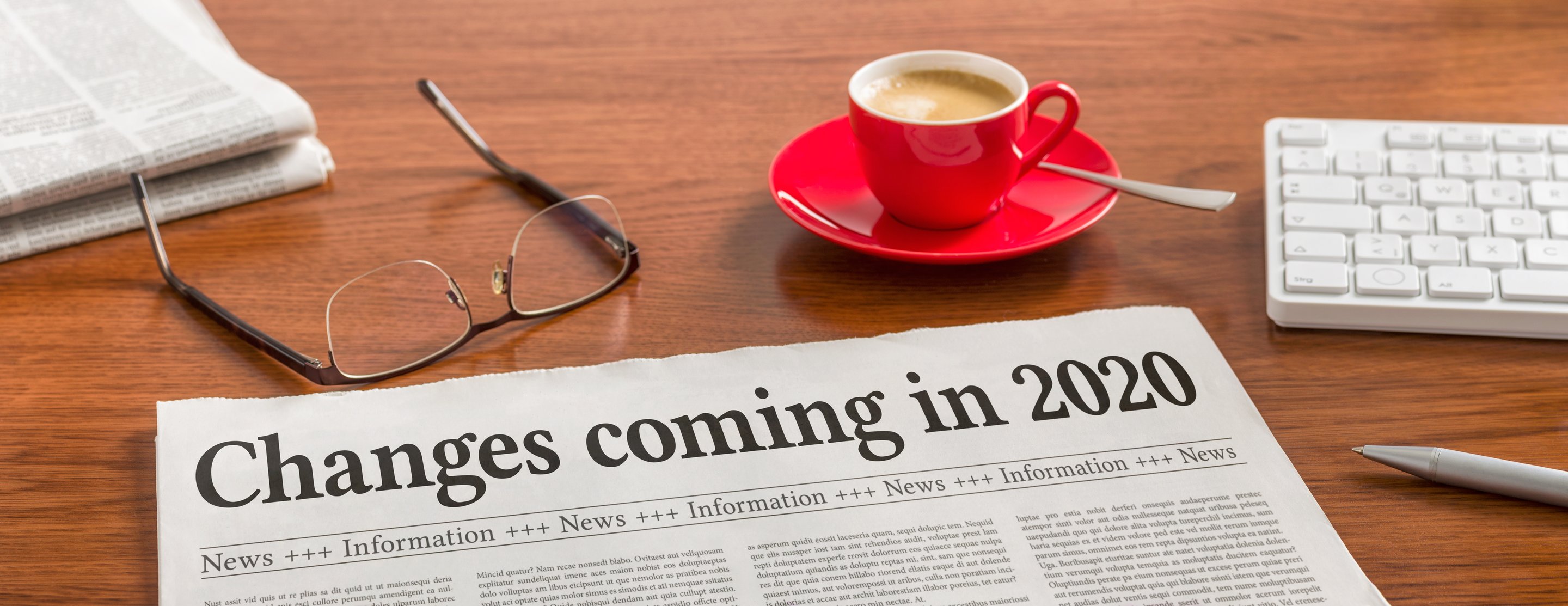
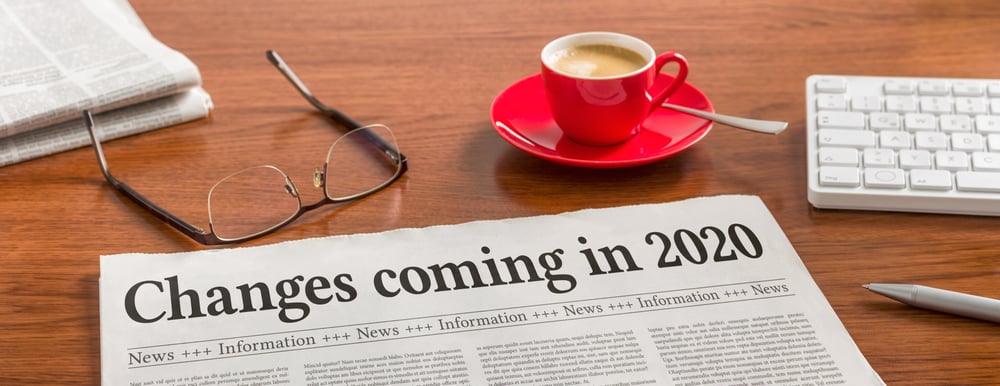
So, you want to change your DAM during a pandemic?
Change. It can be seen as a good thing, or a “hard-to-manage” thing. I have coined 2020 as the Year of Change. We have all been forced to do it in some way or another. Almost every aspect of our lives has been affected; we’re working from home, wearing masks, homeschooling our children.
When friends and family ask what I do for work, I usually tell them “I help others navigate through change or transition.” As a Change Manager, I am helping to manage that change. At its core, it is simply that; helping the users seamlessly transition from one DAM to another, or a change in process. And just like change itself, it can be seen as a good thing or a “hard-to-manage” thing.
Managing change can be a (good) challenge in a normal situation. But add a worldwide pandemic and the constant fear of not knowing what’s next, and managing change becomes a bit more complicated. Especially when it is something that the users have become familiar with. We cling to the familiar when things get tough.
Since the start of the pandemic, I have supported two Fortune 500 companies through DAM transitions. Both were in need of an upgrade to their technology, and for most, it was seen as a positive change! Telling users that they’re going to get a shiny new toy is the easy part, but guiding them through changes in process is the tricky part.
I’ve pulled together 3 key pillars which I leveraged to support the user and their change journey:
1 - Let their voice be heard
I think this goes for everyone, not just the users. We are navigating through an unprecedented event, and people are handling it in different ways.
If a user is struggling to adapt to the new way of working or the technology itself, let them share their concern or frustration with you.
Lending an ear can lead to long-term adoption and user engagement.
2 - Provide multiple touchpoints
Whoever invented video conferencing should win a Nobel Peace Prize. Since we are unable to be together to train or onboard our users, offering multiple options allows us to meet the user where they are (literally and figuratively).
Whether it’s weekly office hours, or scheduling one-off sessions with users who need the assistance, letting the users know you are available to help them can ease the frustration of the transition.
3 - Pivot (!)
For all my Friends fans out there, just like Ross exclaimed as they tried to move a couch through a tight stairwell, sometimes we have to pivot.
The initial strategy for how to onboard the user community may need to change mid-way through the project.
Be open to changing the approach to accommodate the user and their change journey without sacrificing additional money or time.
Not sure when this pandemic will end, but the need for managing change is more prevalent than ever before. Heck, I might need to hire my own personal change manager!
Suzanne Peterson, Change Manager

.png?length=800&name=Untitled-4-CrOps%20Maturity%20Assessment%20landing%20page%20graphic%20(1).png)


%E2%80%8B-%E2%80%8B%20%E2%80%8B.png?length=256&name=Purple%20B__Align%20(Content%20Alignment)%E2%80%8B-%E2%80%8B%20%E2%80%8B.png)
%E2%80%8B-%E2%80%8B%20%E2%80%8B-1.png?length=256&name=__Align%20(Content%20Alignment)%E2%80%8B-%E2%80%8B%20%E2%80%8B-1.png)
%E2%80%8B%20%E2%80%8B.png?length=256&name=Blue%20B__Implement-%20(Technology%20Implementation)%E2%80%8B%20%E2%80%8B.png)
%E2%80%8B%20%E2%80%8B.png?length=256&name=__Implement-%20(Technology%20Implementation)%E2%80%8B%20%E2%80%8B.png)
%E2%80%8B.png?length=256&name=Blue%20B__Adopt-%20(Technology%20Adoption)%E2%80%8B.png)
%E2%80%8B.png?length=256&name=__Adopt-%20(Technology%20Adoption)%E2%80%8B.png)

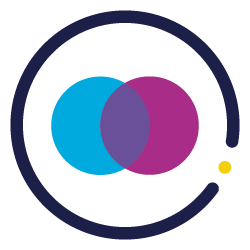



%E2%80%8B-%E2%80%8B%20%E2%80%8B.png?length=256&name=__Align%20(Content%20Alignment)%E2%80%8B-%E2%80%8B%20%E2%80%8B.png)


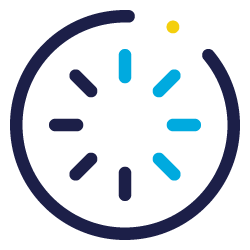


%E2%80%8B-%E2%80%8B%20%E2%80%8B.png?length=256&name=Blue%20B__Align%20(Content%20Alignment)%E2%80%8B-%E2%80%8B%20%E2%80%8B.png)
%E2%80%8B%20%E2%80%8B.png?length=256&name=Cyan%20B__Implement-%20(Technology%20Implementation)%E2%80%8B%20%E2%80%8B.png)
.png?length=256&name=Blue%20B__Activate%20(Content%20Activation).png)
.png?length=256&name=__Activate%20(Content%20Activation).png)

.png?length=256&name=Data_%20Outcome_White%20BG%20(1).png)







